Diabetes is a very familiar topic for me. Being diagnosed with Type I diabetes in my early 20s (not far removed from being a collegiate athlete) has made a huge impact on my life and how I face every day.
Always being on the active side and loving the endorphins of exercise has been both a blessing and a curse. Exercise plays a huge role in fighting diabetes, not only in prevention but also in management. Some people who have diabetes are the unlucky ones with inherited genetics, while others develop it through lifelong lifestyle habits ranging from poor nutrition to inactivity. More often than not, we can take control of this situation and overcome the effects by following the guidelines set forth by our healthcare providers and by listening to our bodies.
Countering the Effects of Diabetes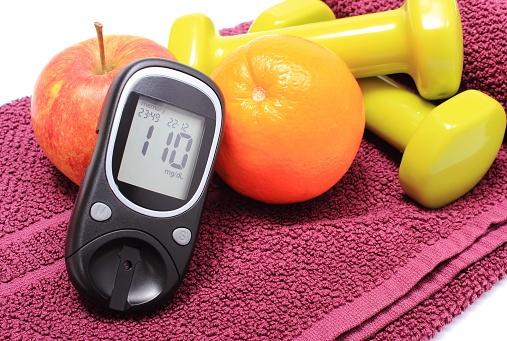
Covering serious health topics such as heart health and foot health, the negative effects of diabetes are vast. With limited options available, we must turn to good old Mother Nature. Healthy lifestyles consisting of proper nutrition mixed with a modest yet consistent workout routine provide your body the necessary tools to cultivate and sustain some resistance to the overwhelming complications of diabetes. From this, you can see that your best friends will soon be a good gym buddy or a personal trainer to help hold your workout routine accountable, and a myfitnesspal app or a registered dietician to help hold your nutrition plan together.
The Importance of Monitoring Glucose Before Exercise
You may say, “Thomas, this blog can’t be all sunshine and rainbows.” You are correct. There are underlying factors that make simple solutions to diabetes an even steeper hill to climb. Individuals with diabetes are affected by almost every food they eat and every rep and set of exercise they push through. High and low blood glucose levels from improper insulin dosage or other medication are extremely dangerous. The only way to ensure you are ready to work out is to utilize a glucose monitor multiple times throughout the day. This includes before and after meals, before and after workout sessions, and the first thing when you wake up in the morning (fasting) and right before you go to bed. That’s a lot of little finger pokes.
Diabetic Neuropathy
Another diabetes-related issue is called neuropathy, which is basically the desensitization of nerves in the extremities. You may be thinking, “This is great; I won’t feel pain anymore!” But what you don’t know is that now you can injure yourself without knowing and make it even worse by not addressing the issue, which can lead to irreversible damage. From this, you’ll find that your new best friends are going to be your endocrinologist and your podiatrist.
We Are Here to Help
There are many other friends that you will make along the way, ranging from your optometrist to the friendly types encouraging you to stay on the wagon. My suggestion is to let them help you. Because diabetes is a road that is nearly impassible without the help of others, you will find each helping hand not only makes the journey easier, but lets you know you are not alone in your fight.
For more information about how NIFS can provide you with the proper atmosphere and knowledge to succeed with diabetes, contact the track desk to speak with one of our certified and degreed fitness professionals. NIFS is also proud to offer a registered dietician who can help you make informed decisions regarding your diet plan.
NEVER GIVE UP


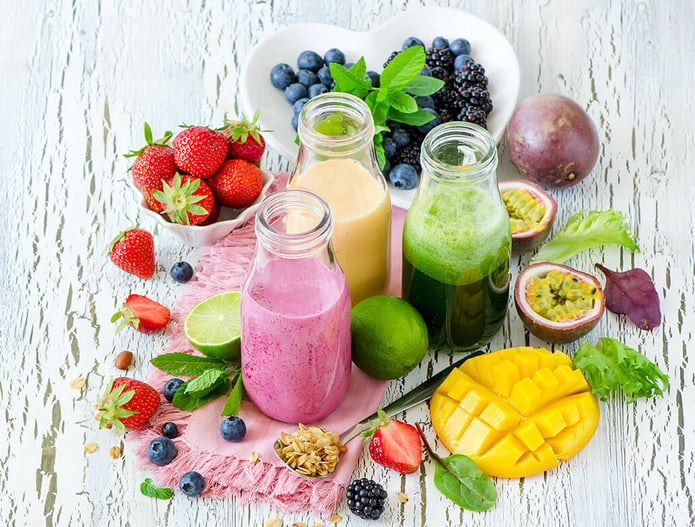
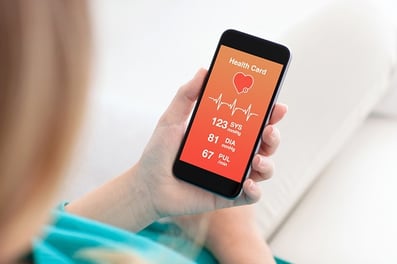 Sometimes you need a little help when it comes to your nutrition and diet choices. Even though we think we know what to do when it comes to our diet, it can be helpful to have some extra assistance with tips, tracking, and suggestions. There are thousands of apps out there that you can easily download to your phone.
Sometimes you need a little help when it comes to your nutrition and diet choices. Even though we think we know what to do when it comes to our diet, it can be helpful to have some extra assistance with tips, tracking, and suggestions. There are thousands of apps out there that you can easily download to your phone. 


 Choosing the right foods for healthy eating can be a challenge. Life is busy and sometimes the thing that gets left behind is a well-balanced meal or snack. We want to help you change that!
Choosing the right foods for healthy eating can be a challenge. Life is busy and sometimes the thing that gets left behind is a well-balanced meal or snack. We want to help you change that! 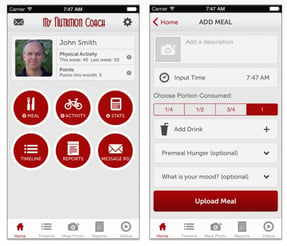
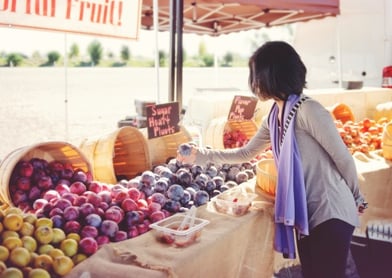 One of my favorite things to do once it is summer in Indiana is to visit the various farmers’ markets around town. As a dietitian I am a sucker for the
One of my favorite things to do once it is summer in Indiana is to visit the various farmers’ markets around town. As a dietitian I am a sucker for the 
 Whether you are traveling for business or for pleasure, it typically means you eat most meals out or on the go. It can be challenging to make the most balanced choices and keep your eating on the right track. You want to try foods that are special to that region, you are busy and grabbing the first thing that sounds good, and you don’t have access to a grocery store for more fresh foods; these can all be challenges while traveling.
Whether you are traveling for business or for pleasure, it typically means you eat most meals out or on the go. It can be challenging to make the most balanced choices and keep your eating on the right track. You want to try foods that are special to that region, you are busy and grabbing the first thing that sounds good, and you don’t have access to a grocery store for more fresh foods; these can all be challenges while traveling. 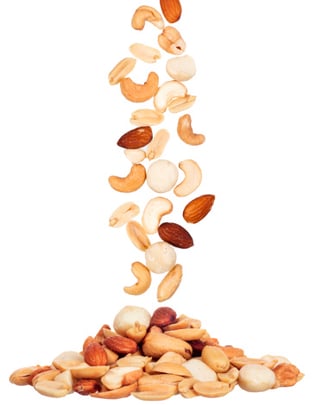 Nuts, basically one of the original food groups and predating even the most basic diet, have been a part of human existence since the beginning, and there is good reason. They taste good and are loaded with nutrients. The properties and benefits of nuts vary based on each individual nut, with some options being a little healthier than others.
Nuts, basically one of the original food groups and predating even the most basic diet, have been a part of human existence since the beginning, and there is good reason. They taste good and are loaded with nutrients. The properties and benefits of nuts vary based on each individual nut, with some options being a little healthier than others. NIFS would like to highlight Brian Kumle, one of the recent graduates from its 14-week
NIFS would like to highlight Brian Kumle, one of the recent graduates from its 14-week 